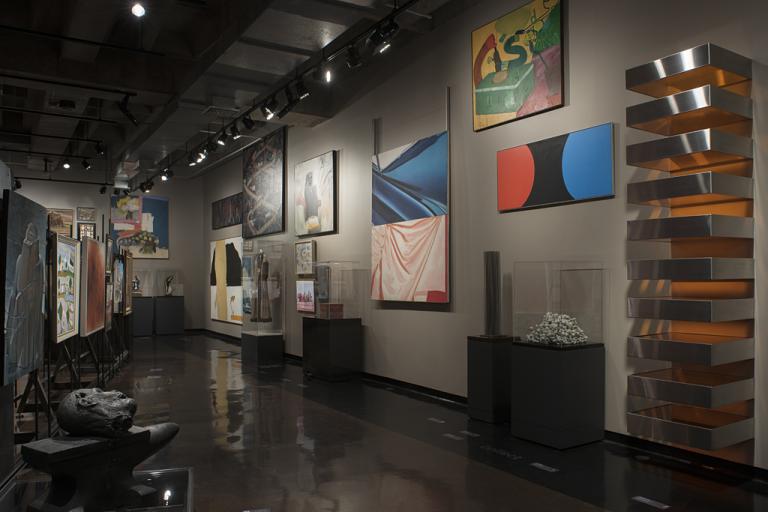Landscape - Summer Light, Alfred Henry Maurer
Artwork Overview
Alfred Henry Maurer, artist
1868–1932
Landscape - Summer Light,
circa 1915–1920
Where object was made: United States
Material/technique: board; oil
Dimensions:
Canvas/Support (Height x Width x Depth): 54.1 x 44.6 cm
Canvas/Support (Height x Width x Depth): 21 5/16 x 17 9/16 in
Canvas/Support (Height x Width x Depth): 54.1 x 44.6 cm
Canvas/Support (Height x Width x Depth): 21 5/16 x 17 9/16 in
Credit line: Museum purchase: Friends of the Art Museum in honor of Charles C. Eldredge, Director 1971–82
Accession number: 1982.0053
Not on display
If you wish to reproduce this image, please submit an image request



